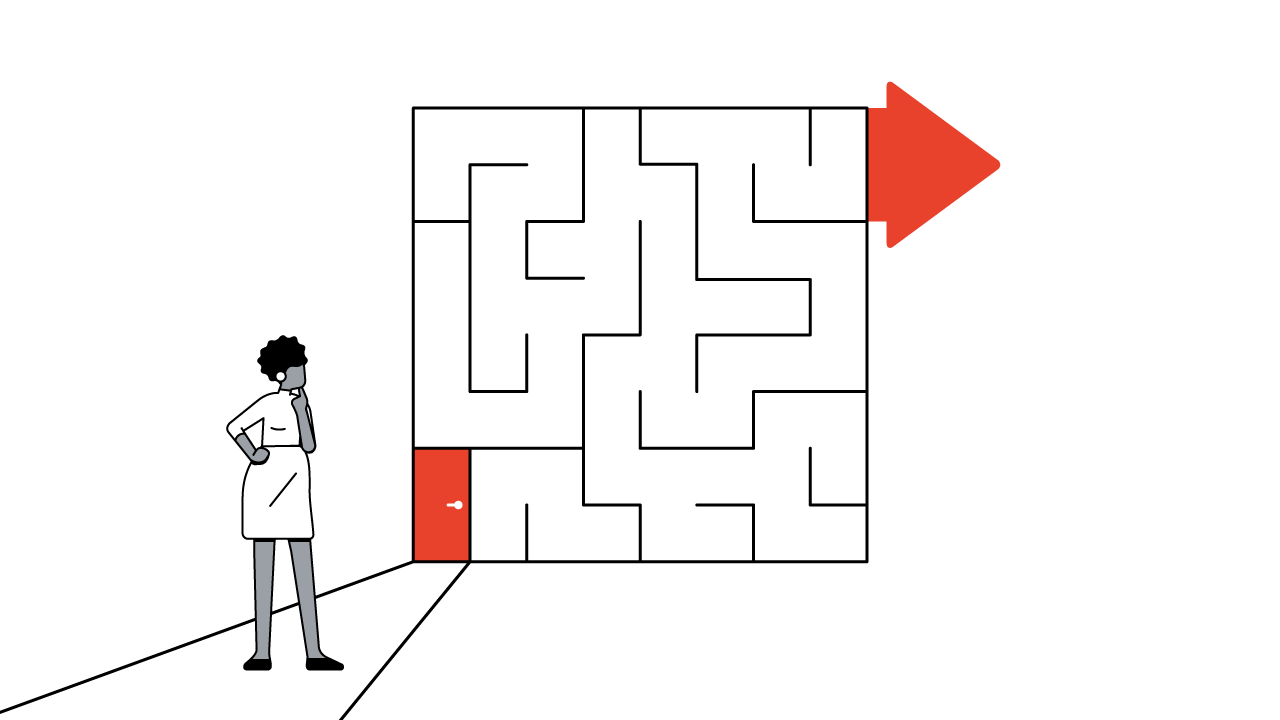Chris McCarthy is Head of Creative Strategy at The ZOO, EMEA. With over 20 years of experience in creative advertising in Europe & the US, Chris shares his thoughts about the current state of the industry and how tech is helping creatives be better at what they do.
It’s become fashionable to publish sensational headlines announcing the death of creative advertising. As clickable as these obituaries are, the truth is, creativity is far from dead. It just looks a lot different now than it did 20 years ago when I first started out in the business.
At its core, my job has essentially remained the same — create value for brands via experiences and content. But people’s expectations of brands have changed. Today’s consumers expect brands to understand and engage with them in real time, on their own terms.
And in turn, brands now demand that creatives and strategists drive measurable business results by engaging with segmented consumers across channels, at scale and at lightning speed.
“Creativity is still a brand’s best friend. They go way back. But now they hang out at new places, talk about new things, and their relationship is a lot richer thanks to tech.”
The ZOO’s mission is to 10X creative impact with Google tech. We’re helping brands and agencies across the EMEA region to use all of Google’s products so modern creatives can continue doing what they do best — create content that touches people.
Creativity is still a brand’s best friend. They go way back. But now they hangout at new places, talk about new things, and their relationship is a lot richer thanks to tech.
Data is a creative tool
Modern creativity is meeting consumer and brand expectations with tech. Technology provides the tools that help creative strategists understand what audiences really care about. It gives us the insights we need to produce messaging that connects with audiences in a more relevant way.
The “creativity versus science” battle is another popular myth. It’s in fact thanks to science
that we’re learning to become more effective as creatives. Science informs our creative work so that we know the kind of content that will strike a chord with a particular target audience.
We can now create hyper-relevant and segmented experiences, because people tell us exactly what’s relevant to them each time they search on Google, watch a YouTube video, or purchase online. There’s less guess work and the “going with only your gut” mentality — after all, informed guts make better decisions.
Personal and powerful storytelling
Tech not only helps us understand our audience’s passions and create the right content in the right context, it provides the platforms that make it possible to reach, target and interact with audiences at scale.
On YouTube, brands can engage viewers with personally tailored content based on their viewing habits. This is something that goes well beyond demographic segmenting. We can now reach segmented audiences with personalised and powerful stories that drive business results.
Modern creatives can speak with their audiences, instead of speaking at them. Our channels allow us to interact directly with audiences by creating fully immersive experiences, that work both one-to-one and at scale. This is the true power of the right stories, beautifully crafted for today’s technology. And that’s something we certainly didn’t have 20 years ago.







